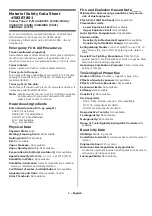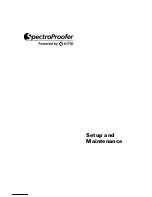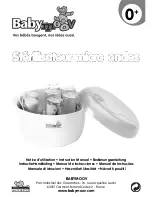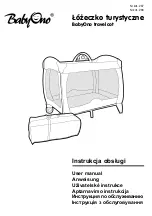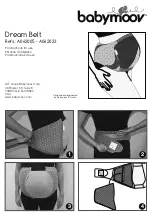
Every value states the deviation to the implied angle position within a range of
± 3.2768° with an accuracy of approx. ± 0.01°. Since the channel is only able to put
out positive numbers, the value 32768 (8000h) signifies a deviation of exactly 0°.
Higher values, from 32768 to 65535 (8001h … FFFFh), indicate an acceleration of the
motor (objects appear to be more narrow), lower values, from 0 to 32767
(0h … 7999h), indicate an deceleration of the motor (objects appear to be wider).
3.5.7
Impact of object surfaces on the measurement
The received signal from a perfectly diffuse reflection from a white surface (diffuse
Lambertian reflector) corresponds to a remission of 100%. By this definition, surfaces
that reflect the light in bundles (specular surfaces, reflectors) have remissions of over
100%.
Reflection
Most surfaces produce a diffuse reflection of the laser beam in all directions. The struc‐
ture (smooth or rough), shape (flat or curved), and color (light or dark) of the surface
determine how well the laser beam is reflected.
On very rough surfaces, a large proportion of the energy is lost due to absorption.
Curved surfaces produce a higher diffusion. Dark surfaces reflect the laser beam worse
than light ones (brilliant white plaster reflects approx. 100% of the light, while black
foam rubber reflects approx. 2.4%). The aforementioned surface characteristics can
reduce the scanning range of the device, in particular for surfaces with low remission
values.
Figure 5: Reflection of light on the surface of the object
Angle of reflection
The angle of reflection corresponds to the angle of incidence. If the laser beam hits a
surface at right angles, the energy is optimally reflected. If the laser beam hits a sur‐
face at an oblique angle, energy and range are lost accordingly.
Figure 6: Angle of reflection
PRODUCT DESCRIPTION
3
8023202/16S6/2020-01-24 | SICK
O P E R A T I N G I N S T R U C T I O N S | LMS4400/LMS4500
19
Subject to change without notice































